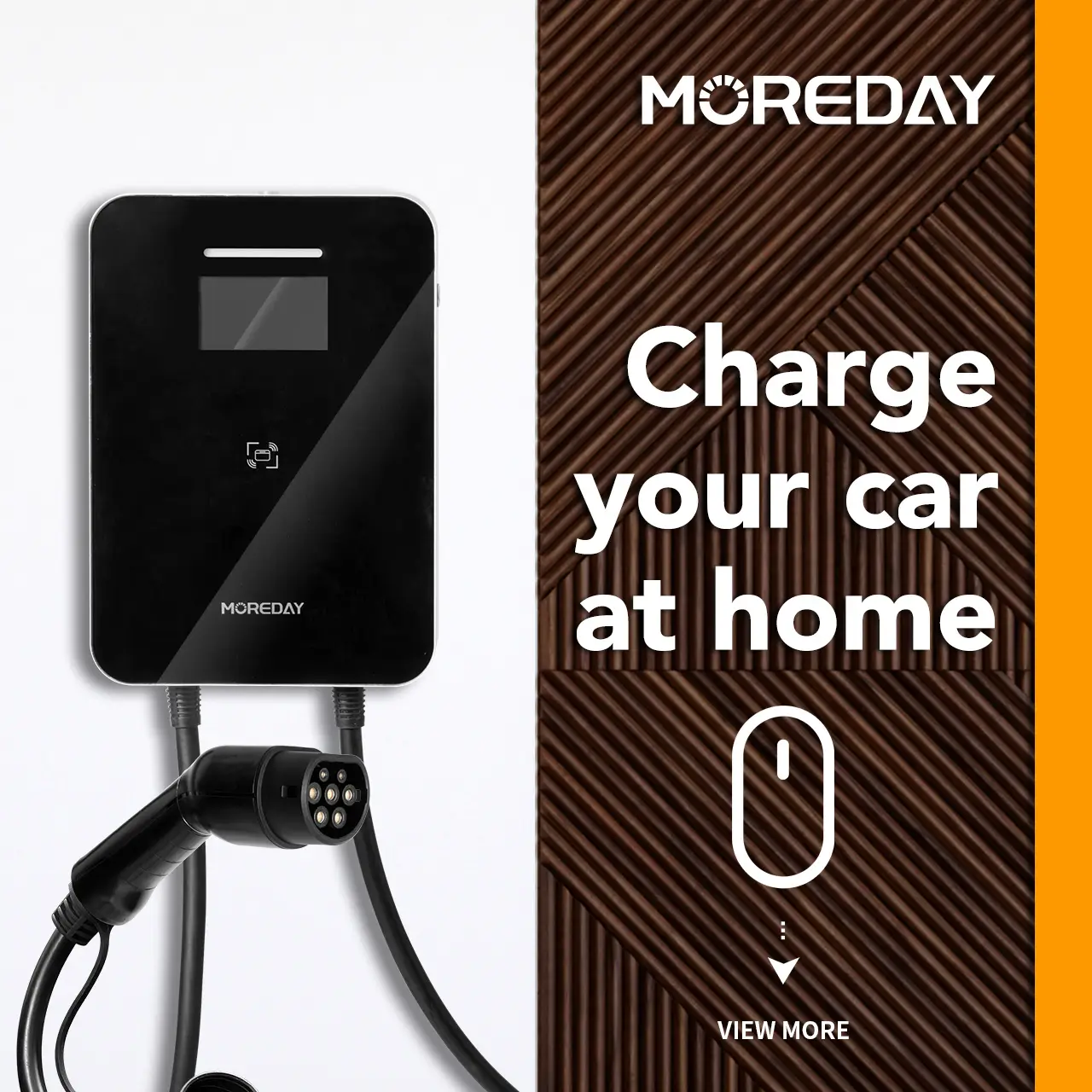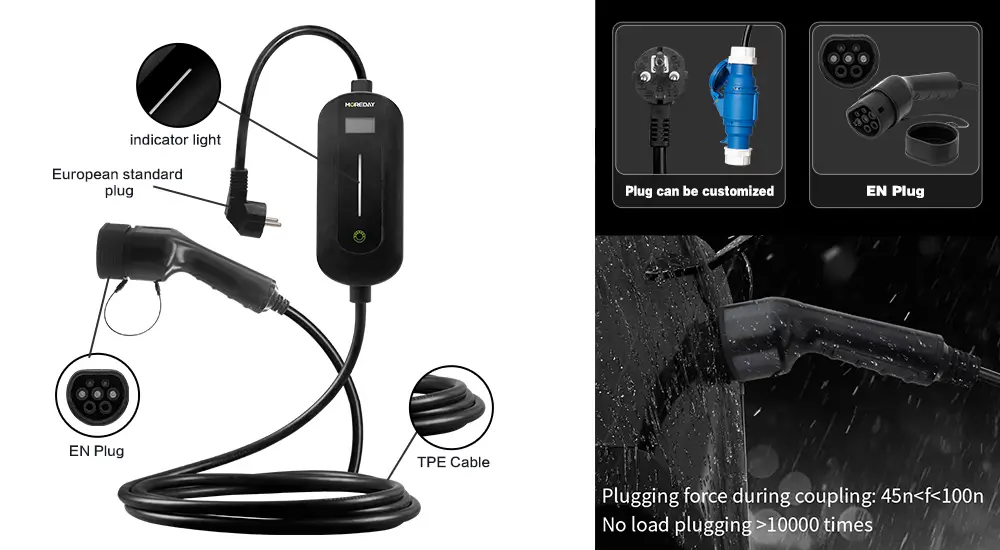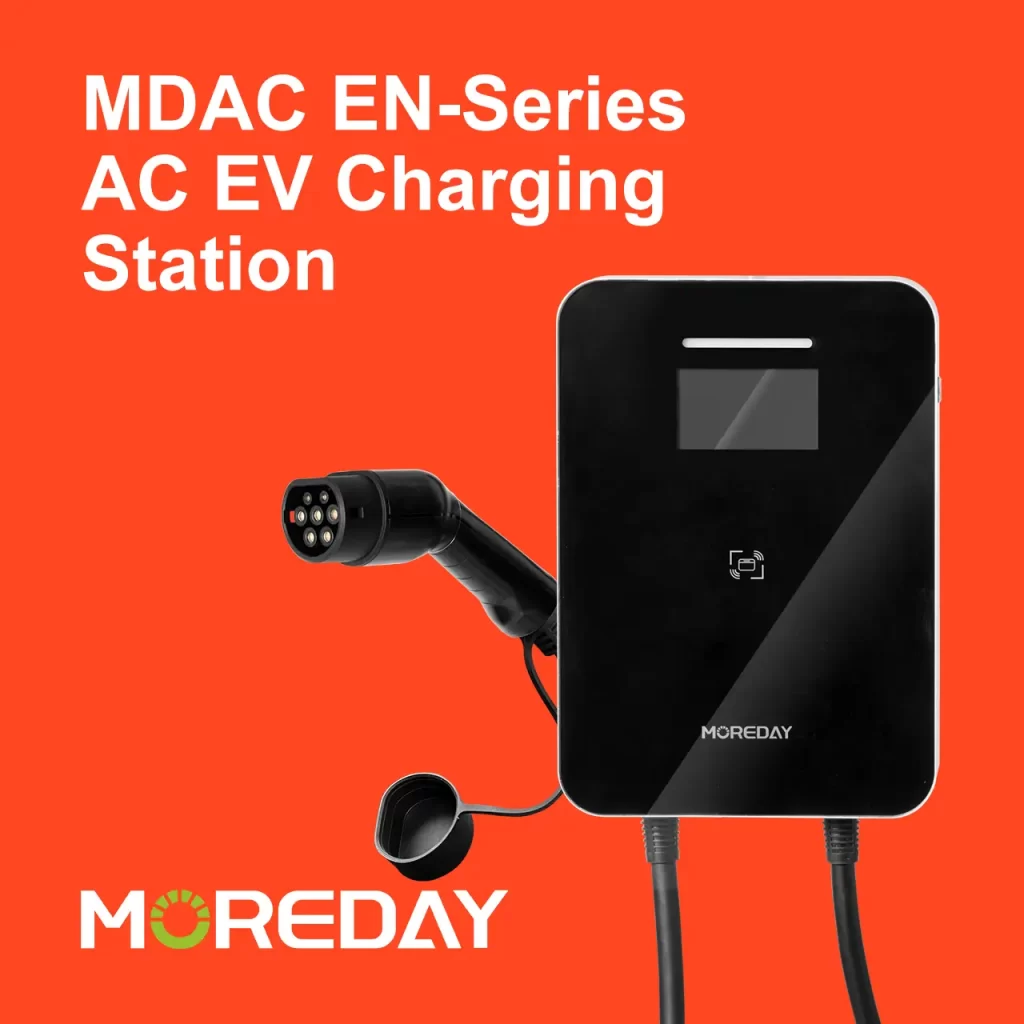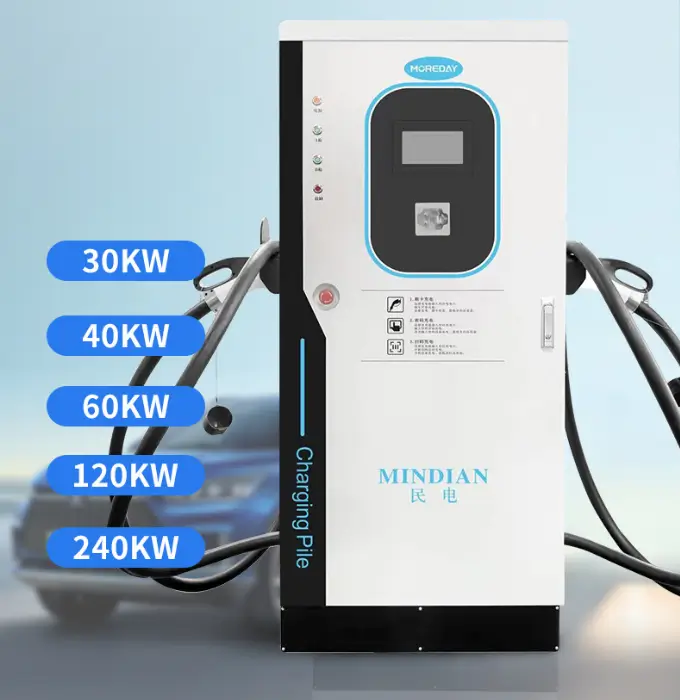Table of Contents
ToggleWhy Use EV Charging Stations?
“EV charging stations offer faster, efficient, and environmentally-friendly power solutions for electric vehicles.”
Introduction to Electric Vehicles (EVs)
Electric vehicles, commonly referred to as EVs, have seen a tremendous surge in popularity over the past few decades. They represent a significant shift from traditional gasoline-powered vehicles, emphasizing a move towards sustainable transportation and reduced carbon emissions.
Brief history of EVs
The concept of electric vehicles is not new. In fact, the first electric vehicles can be traced back to the 19th century. However, it wasn’t until recent years that advancements in battery technology and growing environmental concerns thrust EVs into the mainstream. Early pioneers of electric mobility faced challenges such as limited battery life and a lack of infrastructure. But over time, key milestones like Tesla’s introduction of the Roadster in 2008 heralded a new era for electric mobility.
Source: Unsplash
Current state of the EV market
The global EV market has been experiencing exponential growth. In 2019, there were over 7.2 million electric vehicles on the roads, representing a 40% increase from the previous year. Market forecasts suggest that by 2030, one in every four cars sold could be electric.
Major automotive companies such as Tesla, Nissan, and Volkswagen have expanded their EV lineups, reflecting increased consumer demand. Governments around the world are also supporting this shift, offering incentives for EV buyers and investing in ev charging stations.
The rise of EVs has brought about a change in consumer preferences, with a growing emphasis on sustainability, performance, and digital integration. This transformation is not just about vehicles but a holistic change in how we view transportation.
Pioneering the Future of Electric Vehicle Charging
Portable Powerhouse
Convenience on the Go: The MOREDAY Portable EV Charger is not just another charger; it’s a plug-and-play solution for your EV needs. Its compact design and LED screen make it an ideal companion for trips and emergencies.
Features:
- Versatile Power Options: Adjustable currents ranging from 6A-32A, with output power between 3.6kW to 7.4kW.
- Universal Plug Compatibility: Whether it’s CEE16A, Schuko, UK, NEMA, or any other – we’ve got you covered. And if not, it can be customized!
- Safety First: With a full protection suite and IP65 enclosure, use it indoors or outdoors without worries.
- Trust in Quality: Enjoy peace of mind with a 2-year warranty.
Smart Charging, Streamlined Design
Efficient Home Charging: Introducing the MOREDAY Smart Wallbox – a home charging solution that combines power and intelligence. Compatible with both Type 1 and Type 2 connectors, ensuring compatibility with a wide range of EVs.
Features:
- Power Range: Choose between a 1-phase power from 1.3kW to 7.4kW or a robust 3-phase from 4.1kW to 22kW.
- Tech-savvy: Incorporates features like Dynamic Load Balancing and Open Charge Point Protocol (OCPP1.6).
- Customization: Need a unique connector? We’ve got that covered.
- Stay Connected: With the Smart Life APP, monitor and control your charging remotely.
- Quality Assurance: Backed by a 2-year warranty.
Fast. Powerful. Reliable.
Charge in a Flash: MOREDAY’s DC Fast EV Charging Station is the epitome of power and speed. Suitable for commercial setups, this station is designed to get vehicles back on the road in no time.
Features:
- High Power Delivery: Offers a staggering power output of 120kW or 180kW.
- Dual Guns: Equipped with two charging guns (CCS1, CCS2, Chademo options available) for multi-vehicle charging.
- Stay Connected: Multiple connectivity options including Ethernet, 4G, and Wi-Fi.
- Standards Compliant: Adheres to Open Charge Point Protocol (OCPP) 1.6 and ISO 15118.
- Durability: IP54-rated enclosure ensures longevity and safety.
- Ease of Use: Designed for simple installation and maintenance.
- Global Versatility: Different power and voltage configurations available for various markets.
- Universal Compatibility: Suitable for 99% of electric vehicles, ensuring almost every EV can benefit.
- World-Class Cooperation: Proudly cooperating with the world’s top 500 brands and offering a 2-year warranty.
Environmental Benefits
“As global awareness of environmental issues increases, the shift to electric vehicles becomes more critical. EVs offer numerous environmental benefits over conventional gasoline-powered vehicles, making them a key solution in addressing pressing ecological challenges.”
Reduction of greenhouse gas emissions
Electric vehicles emit zero tailpipe pollutants, translating to a significant reduction in greenhouse gases. According to a report from the International Council on Clean Transportation, EVs generate up to 43% less lifetime emissions compared to traditional vehicles. This drop primarily results from the absence of combustion in electric vehicles, meaning no carbon dioxide (CO2) gets released while driving. As the energy grid becomes more reliant on renewable sources like solar and wind, the benefits will only increase.

Source: Unsplash
Decrease in air pollutants
Beyond CO2, internal combustion engines release a myriad of harmful pollutants, including nitrogen oxides and particulate matter. These substances contribute to smog, respiratory diseases, and other health problems. Electric vehicles help alleviate these concerns. Major cities with high levels of smog, like Beijing or Los Angeles, stand to benefit immensely from a large-scale transition to EVs, improving public health and overall air quality.
Conservation of natural resources
Petroleum extraction for fuel poses numerous environmental hazards, from oil spills to habitat destruction. Electric vehicles, on the other hand, curtail the need for oil. Moreover, EVs promote the use of renewable energy sources, which have a lower environmental footprint compared to fossil fuels. As a result, a push towards electric mobility means reduced strain on our planet’s finite resources, ensuring a more sustainable future.

Source: Unsplash
In summary, the environmental benefits of electric vehicles stretch beyond cleaner air. They represent a comprehensive solution to many of the pressing environmental challenges faced by our planet today.
Economic Advantages
“The shift toward electric vehicles is not just propelled by environmental concerns but also significant economic incentives. EVs, with their minimal operational costs and supportive governmental policies, offer a compelling economic argument. Here’s a deeper look into the economic advantages of choosing electric over traditional vehicles.”
Cost savings from using electricity vs. gasoline
The cost of operating an electric vehicle largely depends on the price of electricity, which, in most regions, remains substantially lower than gasoline. A comparison study found that, on average, electric vehicle drivers charge in EV Charging Stations can save up to $1,000 annually on fueling costs alone. This difference amplifies in regions with high gasoline prices or low electricity rates. Additionally, as renewable energy technologies continue to develop and become more affordable, the price of electricity, and thus EV operating costs, is poised to decrease further.

Source: Unsplash
Incentives and tax breaks for EV owners
Many governments around the world recognize the importance of transitioning to sustainable transportation. As a result, they offer a range of incentives to prospective EV buyers. In the U.S., for instance, buyers can avail of tax credits up to $7,500, depending on the EV model and battery capacity. Other countries, like Norway and the Netherlands, provide benefits such as reduced road taxes, free parking, subsidies for the installation of EV charging stations, or exemption from toll charges. These incentives not only make EVs more affordable at the point of purchase but also enhance their long-term economic appeal.
Decrease in maintenance costs for EVs
Electric vehicles have fewer moving parts compared to their gasoline counterparts. Without components like exhaust systems, transmissions, or radiators, the need for maintenance drops significantly. Studies suggest that EV owners can save approximately 30% on maintenance over the vehicle’s lifetime, translating to thousands of dollars in savings. Moreover, the wear and tear on brakes are less due to regenerative braking systems commonly found in EVs.
In light of these economic benefits, it becomes clear that the switch to electric vehicles not only benefits the environment but also offers tangible financial gains for consumers. Whether it’s the savings on fuel and maintenance or the available incentives, the economics of EVs are undeniably compelling.
Convenience and Efficiency
“One of the major appeals of electric vehicles lies in the convenience and efficiency they offer. Modern EVs, complemented by advanced charging infrastructure and EV charging stations, cater to the needs of the daily commuter, long-distance traveler, and everyone in between. Here’s a deep dive into how EVs are streamlining our transportation experiences.”
Faster refueling times with dedicated stations
With the advent of rapid EV charging stations, EVs can now be recharged in a fraction of the time it took just a few years ago. For instance, Tesla’s Supercharger network promises to recharge up to 80% of a Model 3’s battery in under 30 minutes. This swift “refueling” time is comparable to a stop at a traditional gas station, especially when factoring in restroom breaks or snack runs. As charging technology continues to improve, these times are likely to get even shorter.
The increasing density of charging networks
One early concern around EVs revolved around “range anxiety” or the fear of running out of battery power far from a charging station. However, this narrative is swiftly changing with the aggressive expansion of charging networks. Major providers, from ChargePoint to Tesla, have rapidly expanded their networks across urban and rural areas alike. Many urban centers now boast multiple charging points within city limits, and long-distance travel routes are well-covered with frequent EV charging stations.
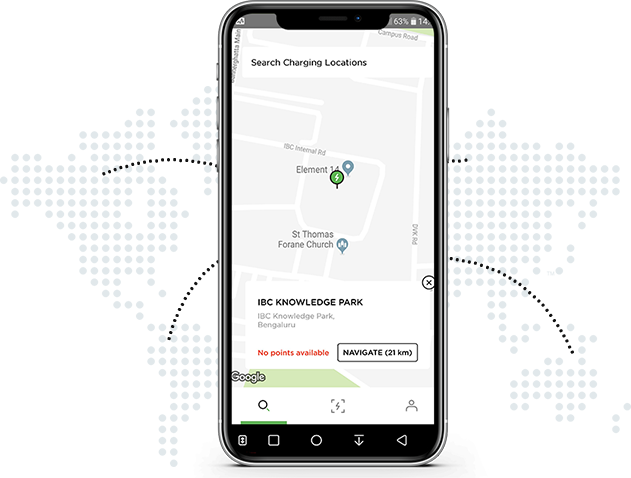
Smart charging capabilities and real-time updates
The modern EV experience is not just about the car but also about smart connectivity. Most electric vehicles now come with associated mobile apps that provide real-time updates on charging status, battery health, and more. Moreover, these apps often integrate with larger charging networks to show available charging stations, expected wait times, and even reservation options. This smart charging capability ensures that EV owners are always informed and can plan their journeys with precision.
The convergence of speed, accessibility, and smart tech makes electric vehicles an epitome of modern convenience and efficiency. As advancements continue, the user experience promises to become even more seamless and integrated.
Technological Innovations
“The journey of electric vehicles from niche products to mainstream mobility solutions owes a lot to relentless technological innovations. From faster charging to the promise of cutting-edge wireless solutions, these advancements not only enhance user experience but also promise a sustainable and efficient future.”
Advancements in charging speed
Charging speed stands at the forefront of EV technology enhancements. Today’s fast EV charging stations, like the Tesla Supercharger or the CCS (Combined Charging System), can deliver power many times faster than traditional home chargers. For example, the latest generation of Superchargers can provide up to 250 kW, allowing vehicles to gain up to 75 miles of range in just 5 minutes. This rapid pace reduces downtime for drivers and makes long-distance travel with EVs more practical.

Source: Unsplash
Wireless charging possibilities
Imagine driving your EV into a parking spot and having it charge without plugging in any cables. Wireless EV charging is making this vision a reality. Using electromagnetic fields to transfer power, these systems can offer charge rates comparable to wired Level 2 chargers. Furthermore, dynamic wireless charging—where vehicles charge while on the move on specialized roads—is under research and could revolutionize transportation infrastructure.
Integration with renewable energy sources
Electric vehicles and renewable energy are a match made in heaven. Many EV owners, and even EV charging station operators, are coupling charging infrastructure with solar panels or wind turbines. Not only does this reduce grid load and charging costs, but it also ensures that the power feeding into the EV is truly green. Innovations like vehicle-to-grid (V2G) further blur the lines between EVs and renewable energy, where cars can supply excess power back to the grid during peak demand.
The realm of electric vehicles thrives on innovation. As technology continues to evolve, the promise of efficient, green, and convenient transportation gets stronger. From daily commutes to the broader energy ecosystem, these advancements are reshaping how we think about mobility and sustainability.
Safety Considerations
“The surge in electric vehicle adoption doesn’t just pivot on environmental or economic advantages; safety remains a paramount concern. From the EV charging stations to the actual act of charging, there are robust safety protocols and features in place, ensuring peace of mind for EV users.”
Safety features of EV charging stations
EV Charging stations, whether for home or public use, are designed with multiple safety measures.
Built-in Circuit Protection: Modern chargers come with integral circuit breakers that prevent electrical overloads, ensuring that any anomalies get detected instantly, shutting down the unit to prevent damage or hazards.
Weatherproof Design: Many public EV charging stations boast weatherproof designs, ensuring functionality and safety in diverse conditions, from blazing summers to snowy winters. They are constructed to prevent water ingress and are resistant to temperature fluctuations.
Ground Fault Protection: This feature immediately halts charging if it detects a risk of electric shock. It’s an essential component that protects both the user and the vehicle from potential electrical mishaps.
Connectivity and Monitoring: Many advanced EV charging stations offer real-time monitoring via smartphone apps. These apps can provide alerts for any irregularities or complete charging notifications, enhancing safety and convenience.
Best practices for EV charging
Safe charging isn’t just about the equipment; but also about how one uses it. Following best practices ensures not only the longevity of your EV’s battery but also personal safety.
Follow Manufacturer Guidelines: Always refer to the vehicle’s manual for specific charging instructions. Overcharging or using incompatible charging sources can harm the battery or pose safety risks.
Regular Inspection: Before charging, inspect the charging cable for any visible damage, including frays, burns, or kinks. If any wear or damage is apparent, it’s crucial to replace the charger or cable immediately.
Avoid Extension Cords: Unless specified, it’s recommended not to use extension cords with EV chargers. If one is essential, ensure it’s rated for the charger’s power needs and is as short as possible to prevent potential hazards.
Charging Etiquette: When using public EV charging stations, always park correctly to prevent tripping hazards from the cable. Also, once charging is complete, free up the space for others.

Source: Unsplash
Prioritizing safety is crucial for any technological advancement. With electric vehicles, both manufacturers and users play pivotal roles in ensuring that the charging process is as safe as it is efficient. As with all technology, being informed and following guidelines can maximize benefits while minimizing risks.
Promotion of Sustainable Infrastructure
“The rise of electric vehicles (EVs) and their charging infrastructure has profound implications for sustainable development. Beyond the immediate environmental and economic benefits, they’re redefining the broader infrastructure, from energy grids to urban landscapes. Here’s how:”
Role of EV charging stations in the smart grid
Electric vehicle (EV) charging stations, particularly when integrated en masse, can play a vital role in the smart grid, a modern electricity supply network that uses digital technology for better efficiency and reliability.
Load Balancing: EV Charging stations, when networked together, can facilitate load balancing. By intelligently charging vehicles during off-peak hours or when renewable energy production is high, they can help stabilize the grid and make efficient use of energy resources.
Vehicle-to-Grid (V2G) Systems: Advanced EVs and EV charging stations can support V2G systems, allowing cars to feed electricity back into the grid during periods of high demand. This not only provides an additional revenue stream for EV owners but also aids in grid stability.
Integration with Renewable Energy: Many EV charging stations now link directly with renewable energy sources, such as solar or wind. This direct connection means EVs can be powered by green energy, reducing their overall carbon footprint and promoting a cleaner energy infrastructure.
Influence on urban planning and design
The surge in EV popularity has significant repercussions for urban planning and design, promoting a more sustainable and efficient city layout.
Reduced Emissions in Urban Areas: As more EVs hit the roads, cities can expect a notable reduction in greenhouse gas emissions. This change can lead to clearer skies, improved public health, and a higher quality of life for urban dwellers.
Urban Charging Infrastructure: The need for EV charging stations has accelerated the development of public infrastructure, such as charging hubs or charging points within public parking areas. This growth fosters the creation of “green zones” or areas predominantly powered by renewable energy.
Reshaping Transport Hubs: With the evolution of EVs and their infrastructure, transport hubs like bus stations or train stations are undergoing redesigns to accommodate EV charging. This shift might lead to multi-modal transport hubs, where public transport, EVs, and other sustainable transport means converge.

Source: Unsplash
The progression towards electric vehicles and their necessary infrastructure is more than just a technological shift; it’s a transformative movement towards sustainability. By intertwining with smart grids and urban planning, EVs and their charging points are setting the stage for a greener, more efficient future.
User Experience and Lifestyle
“The electric vehicle (EV) revolution isn’t merely changing how we drive; it’s redefining our lifestyle and how we interact with technology in our daily routines. From homes becoming smarter to journeys becoming more flexible, EVs enrich the user experience beyond just transportation.”
Integration with smart home systems
With the rise of smart homes, EVs seamlessly fit into this interconnected ecosystem.
Scheduled Charging: One can program their EV to charge during specific hours, ensuring it’s ready for the morning commute without manually plugging it in every evening.
Energy Management: Integrating EV charging with home energy management systems allows users to optimize their energy usage. This could mean charging the EV when solar panels are producing excess power or when electricity rates are lowest.
Remote Monitoring and Control: Through smartphone apps or home assistant devices, owners can monitor their car’s charging status, control charging speed, or even stop the charging process remotely.
Flexibility for long trips and travel
Modern EVs and the ever-growing charging infrastructure ensure that long-distance travel remains as convenient as with traditional vehicles.
Rapid Charging Networks: With networks like the Tesla Supercharger, long trips are no longer a challenge. These high-speed chargers can replenish a significant portion of an EV’s range in mere minutes, making road trips comfortable and efficient.
Navigation and Range Assistance: Most EVs now come with advanced navigation systems that not only plot the fastest route but also highlight charging points along the way, ensuring drivers never run out of juice.
Community and social aspects of EV charging
Owning an EV often means becoming part of a larger community, bringing about unique social experiences.
Charging Station Socials: Some EV charging stations, especially those located in popular rest areas, have become social hubs where EV owners can meet, share stories, or offer tips to new members of the community.
Collaborative Apps and Platforms: Platforms like PlugShare or community forums empower EV owners to share information on charging locations, provide reviews, or even offer their personal home chargers for others to use.
Advocacy and Environmental Initiatives: Many EV owners are passionate about sustainability. Joining the EV community often means getting involved in larger environmental initiatives, clean-up drives, or advocacy campaigns promoting green living.
Embracing electric vehicles goes beyond a mere switch in propulsion. It’s a step into a connected, flexible, and communal way of living, bringing technology, sustainability, and society closer than ever before.
Derek Ke
Hey, I’m Derek Ke, the founder of Moredaydc.com, an expert in solar electrical products and ev charging.
In the past 15 years, we have helped 60 countries and nearly 500 customers (such as farms, residences, industrial and commercial) solve new energy and green power problems. This article aims to share more knowledge about solar electricity and new energy with everyone, so that green electricity can enter every home.
Make Electricity Available To All People

